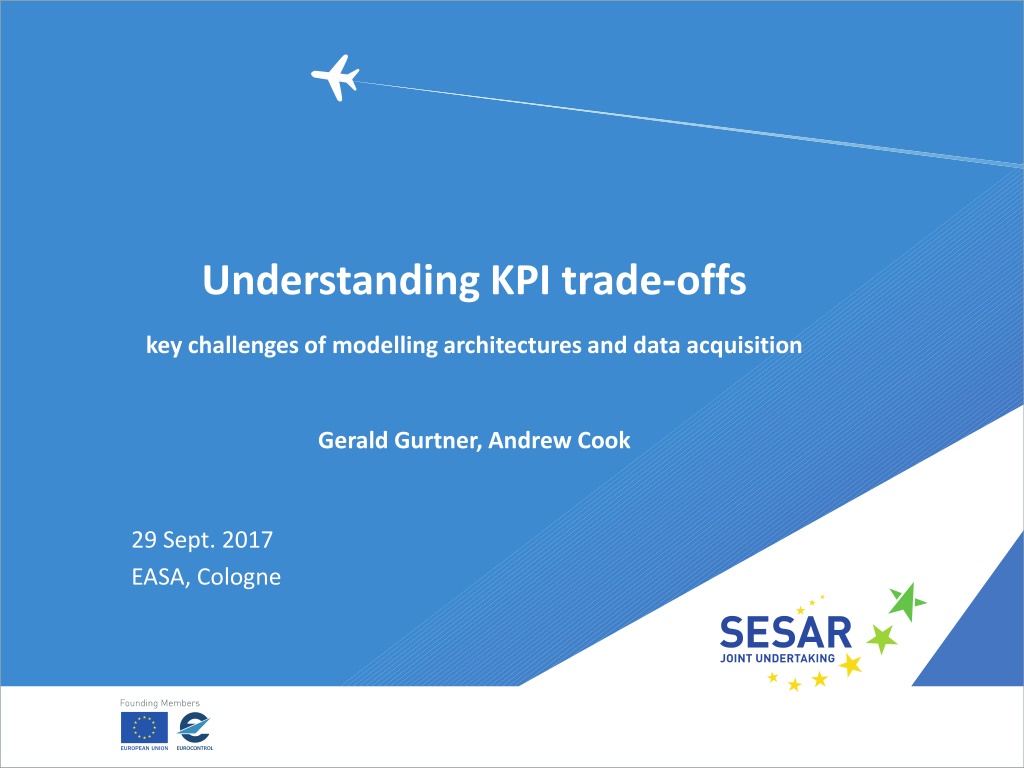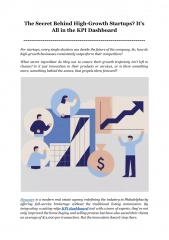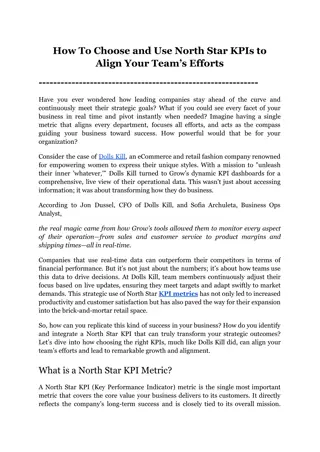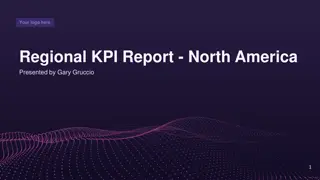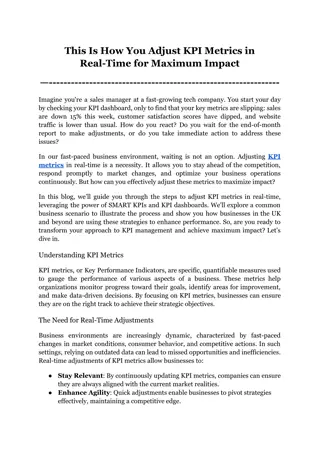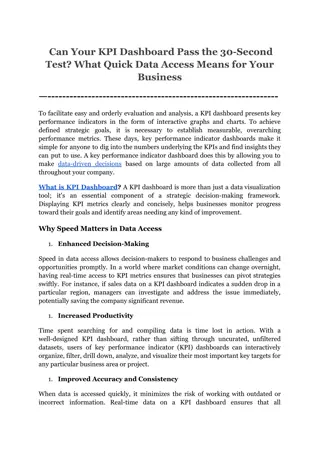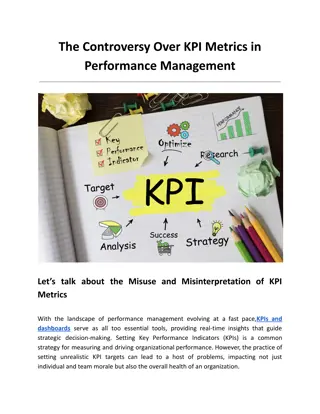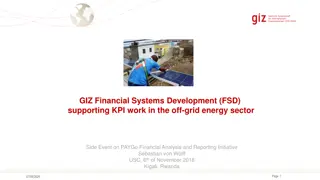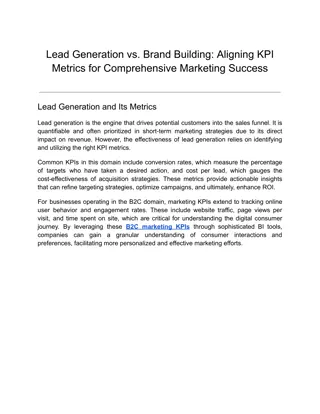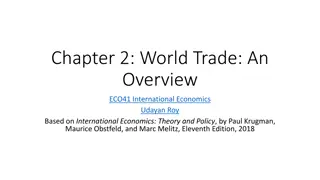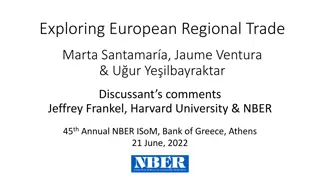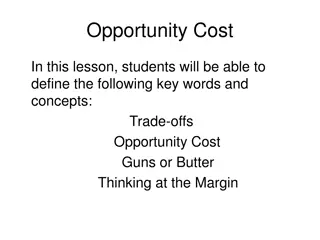Understanding KPI Trade-offs in Modelling Architectures and Data Acquisition
Explore the key challenges and trade-offs involved in modeling architectures and data acquisition, as discussed in the works of Gerald Gurtner and Andrew Cook. The content delves into the complexities of trade-offs, goals, and objectives in the aviation industry, specifically focusing on the Vista project's evaluation and presentation. Learn about the methods used in trade-off analysis and producing quantitative knowledge for the future through data KPIs and dimensionality reduction.
Download Presentation

Please find below an Image/Link to download the presentation.
The content on the website is provided AS IS for your information and personal use only. It may not be sold, licensed, or shared on other websites without obtaining consent from the author. Download presentation by click this link. If you encounter any issues during the download, it is possible that the publisher has removed the file from their server.
E N D
Presentation Transcript
Understanding KPI trade-offs key challenges of modelling architectures and data acquisition Gerald Gurtner, Andrew Cook 29 Sept. 2017 EASA, Cologne
Vista - goals and objectives Vista aims to study the main forces ( factors ) that will shape the future of ATM in Europe at the 2035 and 2050 horizons More specifically: trade-off between, and impacts of, primary regulatory and business (market) forces; trade-offs within any given period; trade-offs between periods; whether alignment may be expected to improve or deteriorate as we move closer to Flightpath 2050 s timeframe Focus on five stakeholders: airlines, ANSPs, airports, passengers, and environment. Vista Intermediate Review Meeting, Brussels, 23 August 2017 2 2
Vista presentation Evaluation project engine is a simulation modelWP4 extending award-winning, multi-layer model; leveraging new work Market/business forces conflicting with regulationWP3 modelling change scenarios: collaborative design, with stakeholders exploring unintended consequences cheaper to cancel a flight? delay recovery v. emissions impact? ANSP delay levels driven too low? Key stakeholdersWP4 airlines; passengers / ANSPs / airports / environment Impact metricsWP4 classical (e.g. average delay) & complexity (e.g. community detection) monetised (e.g. cost of delay) and quasi-cost (NOx, 2arr) Trade-off analysisWP5 Pareto frontier; expected utility; Granger causality; precursor-successor analysis (SES PS; Reg. 549/2004) (Reg. 261) (ETS; Directive 2008/101) Vista Intermediate Review Meeting, Brussels, 23 August 2017 3 3
Vista How to produce a trade-off analysis Trade-off: inverse relationship between two indicators. When one goes better, the other worsens. Two types of trade-off: Correlation with time series: Past time-series: usually not enough data for macro indicators Future time-series: need a model Causal relationship: with a model. What about a change in the system? How to compute the relationship between metrics in totally new environment? Vista Intermediate Review Meeting, Brussels, 23 August 2017 4 4
How to produce quantitative knowledge for the future? Data KPIs Current situation Dimensionality Reduction Quantitative Observation Current World Raw Data Vista Intermediate Review Meeting, Brussels, 23 August 2017 5 5
How to produce quantitative knowledge for the future? Data KPIs Future situation ? Current World Vista Intermediate Review Meeting, Brussels, 23 August 2017 6 6
How to produce quantitative knowledge for the future? Data KPIs Current situation Dimensionality reduction Quantitative observation Current World Raw data Correlation relationships Data Machine learning domain Extrapolation KPIs Future situation Vista Intermediate Review Meeting, Brussels, 23 August 2017 7 7
How to produce quantitative knowledge for the future? System modification Quantitative observation Raw Data Current World Physical modelisation (Causal) laws between variables Phenomelogic observation Raw synthetic data Causal and Correlation relationships Physical modelisation domain Data Dimensionality reduction KPIs Hypothetic situation Vista Intermediate Review Meeting, Brussels, 23 August 2017 8 8
Challenges in data acquisition in Vista 'Raw data': Format (and sometimes content!) not consistent over time and over bodies providing them Openness: rarely open, usually expensive, or simply hard to get with very convoluted rules. Quality: individual projects redoing over and over the same quality checks on the same datasets. As many procedure to acquire data as number of datasets (at least): financial for airports, financial for airlines, financial for ANSPs, schedules, flight plans, real trajectories, itineraries, fares, etc. 'Phenomenological laws': Coming directly from theory and or other machine learning studies. Assumptions sometimes not clear, validity subject to other checks on the system Can be completely wrong, whereas raw data can lie only where recorded wrong! AGIFORS 57th Annual Symposium, London, 02-06 October 2017 9
Scenario definition in Vista Vista is a 'what-if' scenario analyser. Answer to: What happens if I do this in the system? And not: What will happen in 2035? ==> Scenario definition, where different external factors can influence the system. Aim is not to compute the likelihood of a given scenario. Factors are subdivided into two main categories: Business factors: cost of commodities, services and technologies, volume of traffic, etc. => demand and supply Regulatory factors: from EC or other bodies, e.g. ICAO, => rules of the game Use in particular the different targets and high level views of SESAR to have a idea of the possible values of the parameters. AGIFORS 57th Annual Symposium, London, 02-06 October 2017 10
Scenario definition in Vista - Regulatory factors Regulations affecting gate-to-gate phase SESAR development and integration (RSI): e.g., SES, Common projects. Performance based regulations (RPB): e.g, Performance review body ANSP requirements (RAR): e.g., Common requirements Regulations affecting airports Airport demand (RAD): e.g., slots Airport processes (RAP): e.g., ground handling market Airport access / egress (RAA): e.g., airport access policies Regulations affecting other areas Other regulations (ROR): e.g, passenger provision schemes, emission schemes 22 factors in total Some of the regulatory factors are enablers of business factors Vista Intermediate Review Meeting, Brussels, 23 August 2017 11
Scenario definition in Vista - Business factors Factors affecting gate-to-gate phase SESAR operational changes (BTS): e.g., Free-routing Other operational and technical changes (BTO): e.g., Passenger reaccomodation tools Airport processes and accessibility Airport access / egress (BAA): e.g., multimodality Airport processes (BAP): e.g., self-processing Demand and other economic factors Demand evolution (BED): e.g., economic development Other economic factors (BEO): e.g., fuel price 37 factors in total Vista Intermediate Review Meeting, Brussels, 23 August 2017 12
Scenario definition in Vista Vista Intermediate Review Meeting, Brussels, 23 August 2017 13
Multi-layered architecture of Vista Vista Intermediate Review Meeting, Brussels, 23 August 2017 14
Multi-layered architecture of Vista Factor 1 Val1 Val2 Val3 Val4 Model Factor 2 Val1 Val2 Factor 3 Val1 Val2 Val3 Factor 4 Val1 Val2 Val3 Val4 Vista Intermediate Review Meeting, Brussels, 23 August 2017 15
Multi-layered architecture of Vista Three main layers correspond to: Strategic: Producing main flows in Europe based on macro-economic variables Pre-tactical: Producing planned flight plans. Tactical: Simulating a real day of operation with microscopic passenger tracking 'Transversal' layers consist in stakeholders: Airlines: choose flights, react to delay, etc. Airports: deliver departure and arrival capacity, create congestion, etc. ANSPs: deliver ATC capacity, create regulations etc. Passengers: choose best itineraries based on fares and other parameters, make their trips with possibility of disruption, etc. Environment: is passively impacted by NOx and CO2. Vista Intermediate Review Meeting, Brussels, 23 August 2017 16
Data management in a multi-layered architecture Data need to be: Consistent among layers, Easily accessible (for computing power), Traceable between the different blocks ==> All data are based on a single database, accessible to all the blocks. This ensures consistency, traceability and reproducibility. More challenges come with this data architecture: How to enforce consistency between input and output of two block? How to take into account the multiple runs of the stochastic layers? What is the right balance between flexibility (NoSQL) and consistency (SQL)? ==> Now use a MySQL database. Vista Intermediate Review Meeting, Brussels, 23 August 2017 17
Calibrating the model Calibration is done in several steps: Direct calibration: Extract some values from historical data (including literature) and set them directly in the model: Ex: price elasticity for passengers Put some phenomenological relationships obtained otherwise: Ex: cost of delay for airline as a function of delay. Indirect calibration: Supervised learning: a parameter is swept (in a smart way) in order for another one to reach a value extracted from data. Ex: cost of capital for airlines is calibrated to have the historical flows of passengers between airports. Unsupervised learning: for instance, agents in the model modify their behaviour in order to be self-consistent across layers. Ex: cost of delay used to compute main flows should be the same than actual cost of delay during the tactical phase. Vista Intermediate Review Meeting, Brussels, 23 August 2017 18
Studying the output: how to recognise a trade-off? Stochastic context, correlative trade-offs Vista Intermediate Review Meeting, Brussels, 23 August 2017 19
Studying the output: how to recognise a trade-off? Stochastic context, trade-offs comparison Vista Intermediate Review Meeting, Brussels, 23 August 2017 20
Studying the output: how to recognise a trade-off? Deterministic trade-off: dependence of distribution over deterministic parameter Vista Intermediate Review Meeting, Brussels, 23 August 2017 21
Trade-off example: predictabilty vs punctuality One airport, unpredictability on departure delay is change artificially Vista Intermediate Review Meeting, Brussels, 23 August 2017 22
Trade-off example: LLC vs trad Simplified setup: four airports, two airlines LLC/trad, capacity increase of airport 3 Vista Intermediate Review Meeting, Brussels, 23 August 2017 23
Trade-off example: LLC vs trad In average, everyone is better after the capacity increase Vista Intermediate Review Meeting, Brussels, 23 August 2017 24
Trade-off example: LLC vs trad But some agents are actually losing from the capacity increase! Vista Intermediate Review Meeting, Brussels, 23 August 2017 25
Conclusions Vista aims at understanding the trade-offs (or synergies) between KPIs in the future air transportation world 2035 and 2050. Requires to forecast the values of the KPIs, but also their relationships: Either by pure machine learning. Or by injecting other phenomenological laws into the model. Vista is based on a multilayered architecture requiring very diverse types of data as input. Additional, the different layers of the model need to communicate smoothly and reliably, thus requiring a central data repository. Calibration (or training) is a main issue in this type of model and requires several steps involving data reduction and inner optimisation. The trade-off analysis requires different techniques, including statistical regressions, but also careful data aggregation. Different tools can be used to help choose the best situation, including Pareto analysis etc. Trade-offs can appear between different types of stakeholders, among different actors of the same type, among periods, etc. AGIFORS 57th Annual Symposium, London, 02-06 October 2017 26
Vista Thank you This project has received funding from the SESAR Joint Undertaking under the European Union s Horizon 2020 research and innovation programme under grant agreement No 699390. The opinions expressed herein reflect the authors view only. Under no circumstances shall the SESAR Joint Undertaking be responsible for any use that may be made of the information contained herein.
